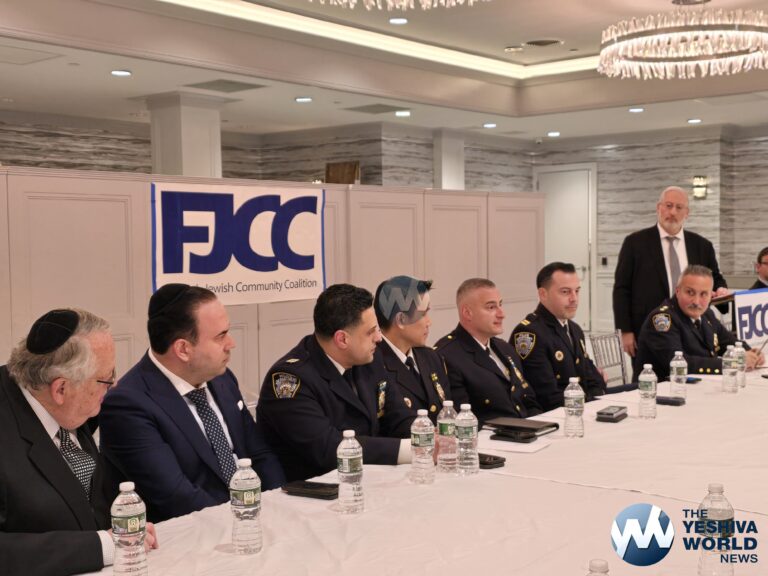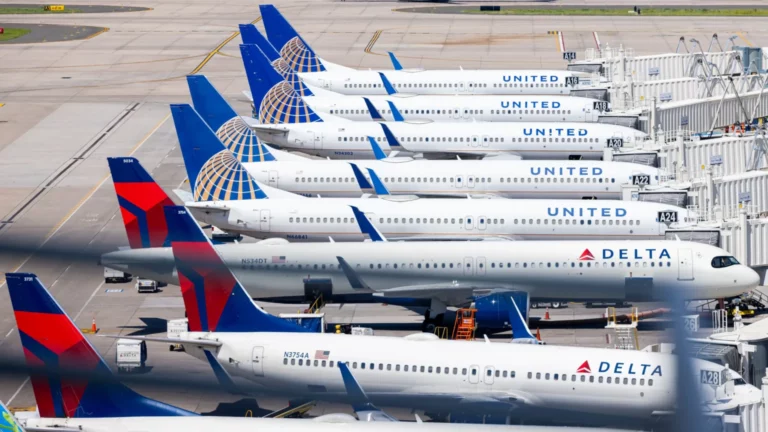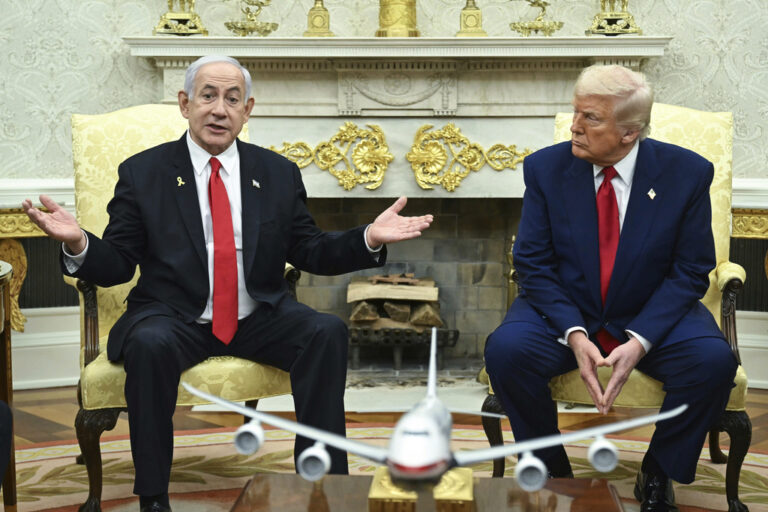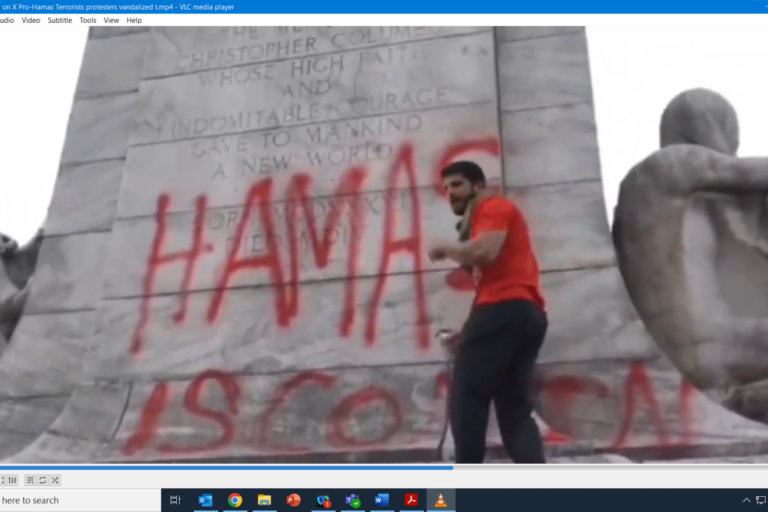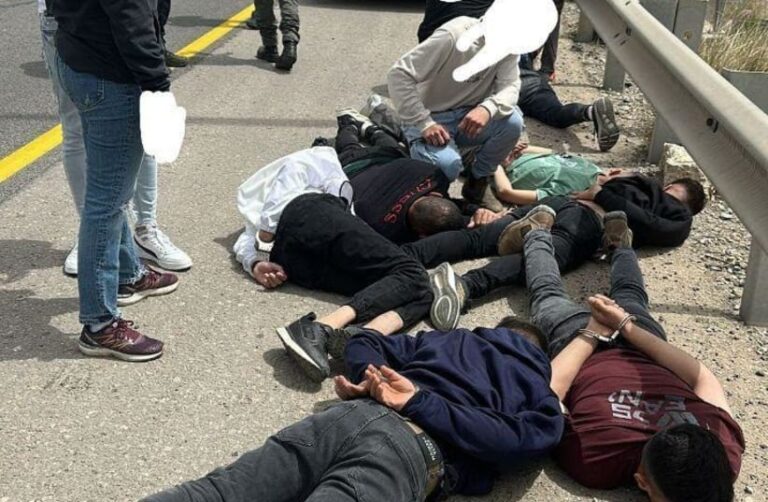By Rabbi Yair Hoffman for 5tjt.com
The one-word review of this work is, “Wow!”
The more extensive review is as follows:
Move over, Dirshu. The newest Ohr Olam English Mishna Brurah on Chanukah has so many features and insights – it will appear as if you have just discovered Chanukah for the very first time. This halachic work was so precisely reviewed, both in term of its Halacha as well as its meticulous English – that it is a true masterpiece. For those unaware, this is the 16th volume of the Ohr Olam English Language Mishna Brurah, and the only English Language Mishna Brurah still in print. The series has been hailed by Gedolim throughout the world and many volumes are sponsored by philanthropists in the Five Towns.
So for details, the text of this volume of the Mishna Brurah translation flows so beautifully, it is entirely devoid of the “stilt” that translations usually contain. The translators have done so, however, without compromising on accuracy. This can only be done when translators are both outstanding Talmidei Chachomim and have a masterful grasp of the entire English language.
The footnotes are fascinating – with many wide-ranging discussions in the elucidation of the Chofetz Chaim’s words. Example: The wording of the Rambam as to what the Greeks did to us is slightly different than the Gemorah in Shabbos (21a and b). Where did the Rambam get it from? The footnotes give a few possibilities as to the Rambam’s source (see page 3).
UNFOLDING NUANCES
Many of the footnotes catch and unfold nuances that most readers might miss. For example, the footnotes point out (see p. 116) that, regarding the most preferable type of lighting to use, the Mishna Brurah seems to disagree with the Ramah as to the order of preference: The Ramah seems to emphasize bright burning as an ideal in Chanukah lighting. He, therefore, has the order of preference as: (A) Olive oil, (B) wax candles, (C) other less clear-burning] oils. The Mishna Brurah has it as, (B) other [less clear-burning] oils (C) wax candles. Why is this so? Because oil is closer to the actual miracle than are wax candles. The footnotes also cite a view that mineral oil is the best second choice – because it also fits into the Ramah’s system as well as the Mishna Brurah’s.
IS THERE A MISSED LIGHTING REQUIREMENT?
The footnotes also point out that from the Mishna Brurah’s wording it seems that there are actually two requirement for the halacha of placing the Menorah within a tefach of the entranceway. There is (1) the requirement to place it there and (2) the need for it to appear that the lighter had purposefully placed it there for the Mitzvah and NOT just for lighting. The footnotes go on to list a three-way debate as to the implications of this. Rav Elyashiv’s view, Rav Shlomo Zalman Auerbach’s view, and the Aruch haShulchan’s view.
- Rav Elyashiv’s view: B’dieved, when many are lighting, one has NOT fulfilled the Mitzvah of Chanukah lights if any of those lighting next to the entranceway are beyond the tefach requirement. They should, therefore, stack the menorahs even if it will be above 10 tefachim (or they should partner up) [see Pninei Chanukah p.89]
- Rav Shlomo Zalman’s view: If even one of the multiple lighters will be within the tefach the Mitzvah has been fulfilled – even lechatchilah [see Maadanei Shlomo p. 110]
- Aruch HaShulchan’s view: One has still fulfilled the Mitzvah bdieved even if one missed the within a tefach requirement. [See OC 676:11]
CONTEMPORARY ISSUES
There is a section of contemporary issues in Hilchos Chanukah in the back of the volume with questions and answers about each topic. It covers three issues in depth: 1] where the Chanukah lights should be lit in contemporary times 2] The various customs of Chanukah and 3] the halachos of travelling on Chanukah.
The first section lists and elaborates upon four basic rules: Rule #1 – that the ideal place is to light at one’s property entrance adjacent to the public street. Rule #2 – if one is on an upper floor, then one lights toward the window facing the public street. Rule #3 – if #1 and #2 are not possible, then one lights in the house on the table. Rule #4 is that one doesn’t light above 20 amos from the ground. [Therefore anyone living on the 4th floor or above should light by the doorway – not the window.
The next section deals with the minhagim of 1] women refraining from malacha 2] eating dairy foods 3] eating oil fried foods 4] Chanukah gelt and 5] playing dreidel.
The third section deals with travel – specifically the following situations:
- General concept of Chanukah lighting being a house obligation
- Visiting friends and relatives
- Anway from home overnight
- Boarders
- Boarders that eat with the family
- Someone in a hospital
- Travelling during lighting time
- Moving from one home to another over chanukah
- Yeshivos and dorms
- Dining rooms versus dorms
PRACTICAL SUMMARIES
There is also a section with practical summaries of each of the fifteen simanim of Hilchos Chanukah found in the back. This, in general, is an excellent way to review the halachos of Chanukah with many hidden gems unearthed.
The reviewer can be reached at [email protected]



